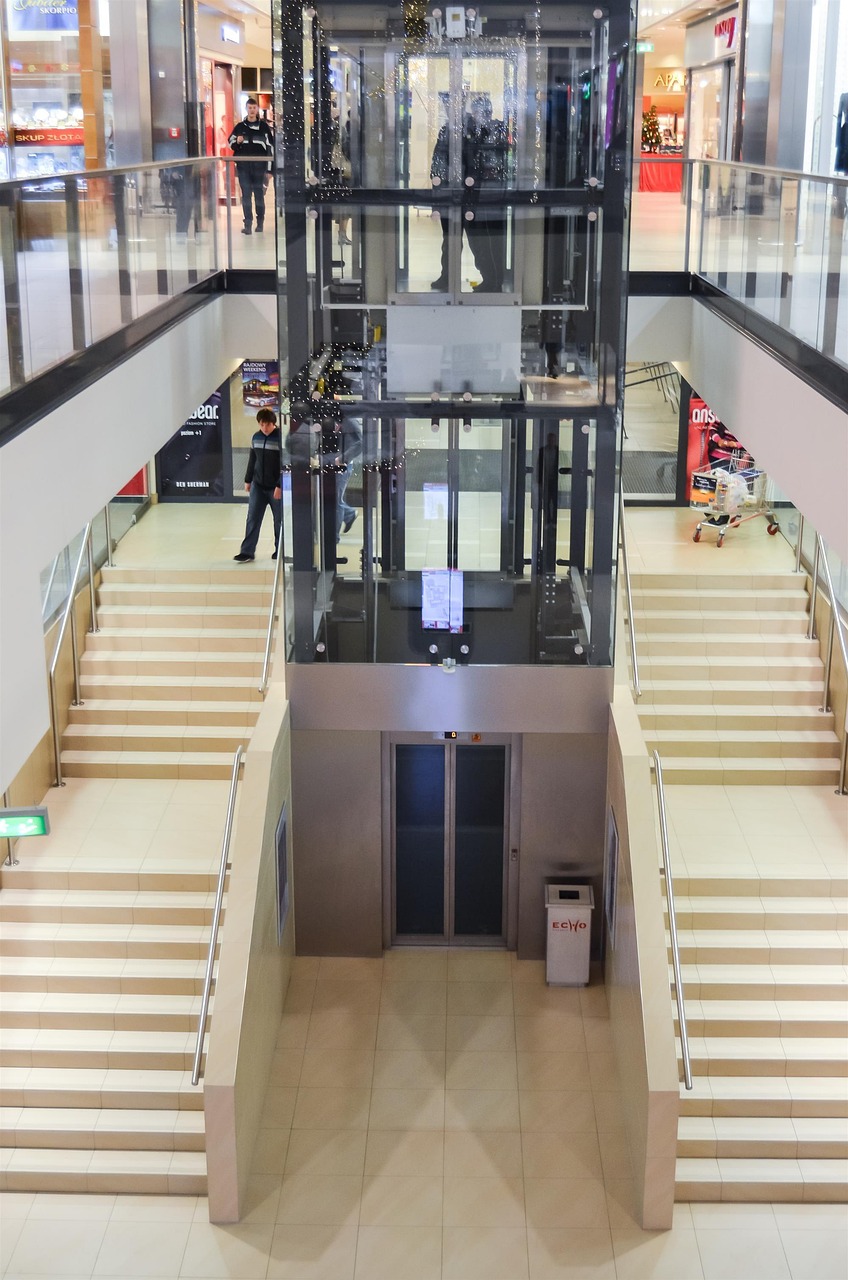




Injured in An Accident Using A Lift
A Traumatic Experience: How To Claim Compensation
If you have been injured in an accident using a lift, you are probably feeling overwhelmed and anxious. However, if you feel the accident was due to poor maintenance or a manufacturing defect, you may be able to file a personal injury claim for compensation.
Accidents in lifts are relatively rare with most lifts in buildings being safe, well maintained and efficient. But if you have been injured in such an accident and it was caused by another party’s negligence, you may want to find out more about starting a claim. Injuries range from severe physical harm to psychological trauma.
Jefferies Claims works with lawyers who operate on a ‘No Win, No Fee’ basis and we can advise on whether you have a potential claim – at no cost to you.
Common Types of Injuries Sustained in Lift Accidents
Lift accidents can result in various injuries depending on the nature of the incident. Some of the most common elevator-related injuries include:
Head and Brain Injuries
Sudden stops, falls, or jerky movements can cause you to hit your head against the lift walls or floor. This may result in concussions, traumatic brain injuries (TBI), or even long-term cognitive issues.
Back and Spinal Cord Injuries
Slip-and-falls within the elevator due to uneven flooring, sudden drops, or misaligned stops can lead to severe back injuries or spinal cord damage. This may cause extreme pain.
Fractures and Broken Bones
Sudden movements or falls while entering or exiting the lift can result in broken arms, legs, hips, or ribs. This may especially happen with older individuals or children.
Crush Injuries and Amputations
In extreme cases, malfunctioning doors or elevator car entrapment can cause crush injuries if a limb is caught in the mechanism.
Lacerations and Soft Tissue Injuries
Defective panelling or broken components can cause cuts, bruises, and other soft tissue injuries.
Psychological Effect of Lift Accidents
While physical injuries are often visible and immediate, the mental impact of being involved in a lift accident may also be severe. If you have been through a distressing lift incident, you may experience nightmares, flashbacks or an on-going sense of fear. This may particularly happen if you are required to use a lift again.
You may also develop a fear of small spaces which may cause you to avoid instances where you may have to be in a limited space. This may result in behaviour which disrupts your daily routine
Common Causes of Lift Accidents: Who is at Fault?
To seek compensation, it’s crucial to determine which party was at fault regarding the incident. Responsibility typically falls into one of the following categories:
Maintenance Negligence
Lifts must be regularly inspected, maintained, and serviced to function safely. Building owners or property managers should schedule routine maintenance or ensure any known issues with a lift are promptly addressed.
Common maintenance-related issues include:
- Worn cables or pulleys
- Faulty brake systems
- Door malfunction or misalignment
- Failure to display out-of-service signs
Manufacturing or Design Defects
If the lift was defective from the start due to poor design or manufacturing errors, the lift manufacturer may be held responsible. In such cases this would involve a product liability claim.
Installation Errors
Incorrect installation by contractors or lift technicians can create risky situations. Incorrect calibration, missed safety checks, or failure to adhere to building codes can result in mechanical failure.
How to File a Personal Injury Claim for an Elevator Accident
If you or a loved one has suffered in a lift accident, you may want to secure compensation for medical expenses, lost wages, and pain and suffering.
Step 1: Seek Immediate Medical Attention
Your health is the top priority. Even if your injuries seem minor, get a full medical evaluation to document your condition and establish a record.
Step 2: Report the Incident
Notify building management or the property owner without delay and request a written report. If possible, take photos or videos of the elevator and the scene where the accident occurred.
Step 3: Document Everything
Keep a detailed record of:
- Medical bills and treatment plans
- Lost income or time off work
- Travel expenses related to medical care
- Keep a note of pain levels and emotional distress
Consult a Personal Injury Lawyer
Under law, you generally have three years from the date of an injury to file a claim. If you’ve been injured, it’s advisable to speak to a personal injury lawyer as soon as possible. They will be able to assess your case and advise whether you have a claim.
Personal injury claims for compensation may be made if the injury sustained was not your fault. You will have to show that the injury was directly linked to someone else’s negligence.
At Jefferies Claims, we will guide you through the claims process. We partner with highly experienced lawyers who will assess all aspects of your case and who work on a ‘No Win, No Fee’ basis.
Contact Jefferies Claims today at 0333 358 3034 or complete our online contact form to arrange an initial no-obligation telephone consultation.
